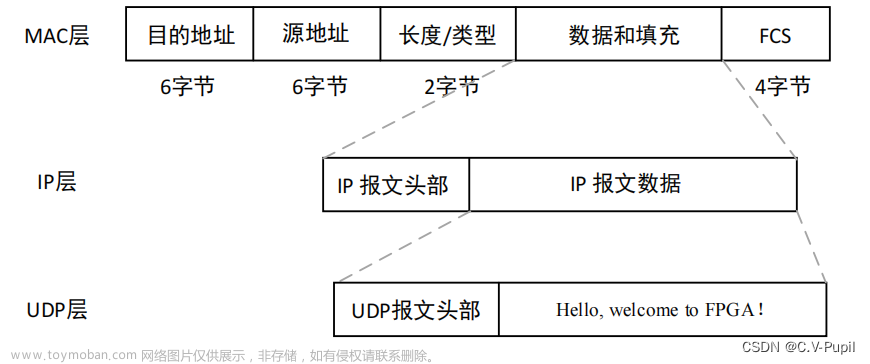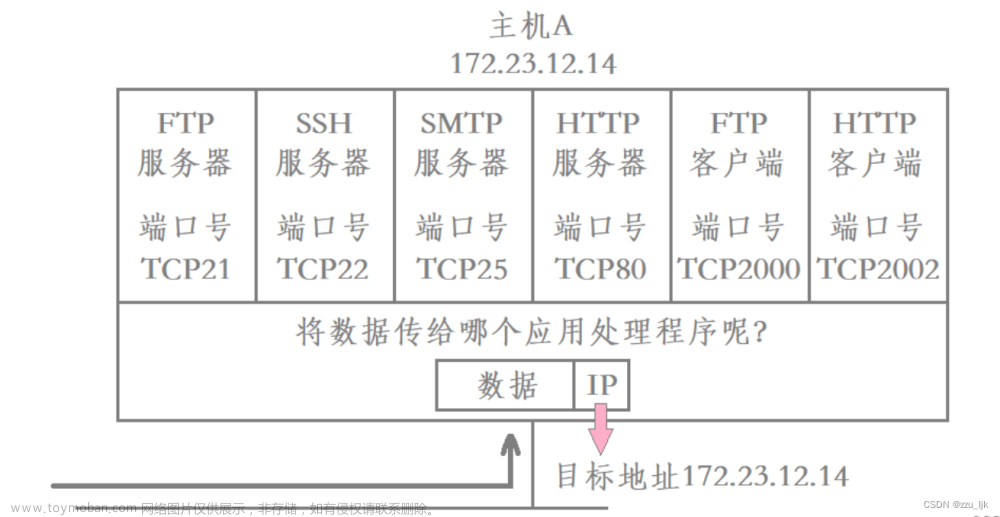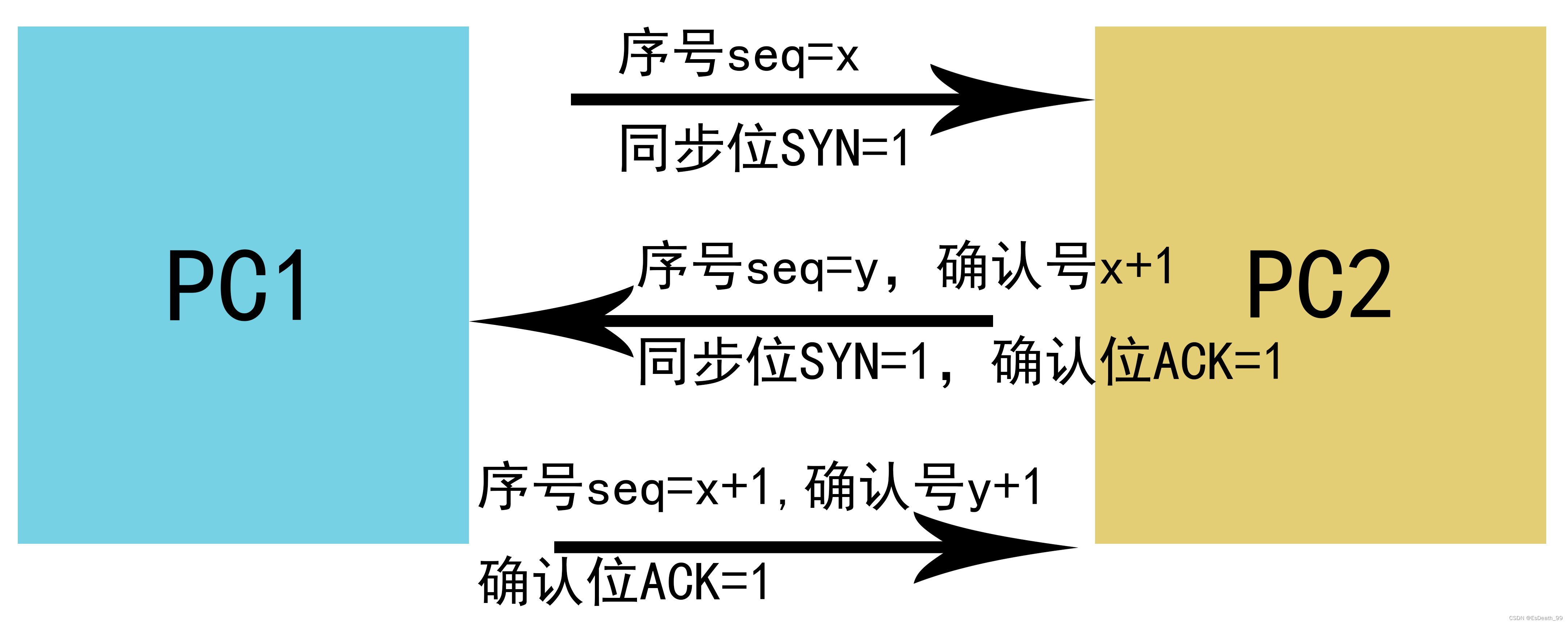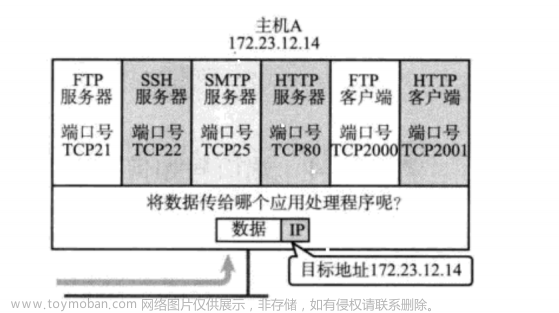UDP的概念
UDP 是User Datagram Protocol的简称, 中文名是用户数据报协议,是OSI(Open System Interconnection,开放式系统互联) 参考模型中一种无连接的传输层协议,提供面向事务的简单不可靠信息传送服务,IETF RFC 768是UDP的正式规范。UDP在IP报文的协议号是17。
流量控制
对于一个带宽1Gbps, RTT为100ms的网络来说
BDP=1,000,000,000*0.1/8=12,500,000字节=12207K=12M
传统TCP接收窗口大小=65535byte=64K, 显然满足不了
udt使用包大小1500byte, 默认接口窗口大小为8192, 因此
接收窗口的大小为=1500*8192=12,288,000字节=12000K=11.7M
因此, 可以看到udt的默认设置已经足够.
Congestion Control(拥塞控制)
1. 两个重要的参数:
congestion window size and the inter-packet sending interval
2. 主要的接口
1) init: when the UDT socket is connected.
2) close: when the UDT socket is closed.
3) onACK: when ACK is received.
4) onLOSS: when NACK is received.
5) onTimeout: when timeout occurs.
6) onPktSent: when a data packet is sent.
7) onPktRecv: when a data packet is received.
3. udt的拥塞算法:
On ACK packet received:
1) If the current status is in the slow start phase, set the
congestion window size to the product of packet arrival rate and
(RTT + SYN). Slow Start ends. Stop.
2) Set the congestion window size (CWND) to: CWND = A * (RTT + SYN) +16.
3) The number of sent packets to be increased in the next SYN period
(inc) is calculated as:
if (B <= C)</p>
inc = 1/PS;
else
inc = max(10^(ceil(log10((B-C)*PS*8))) * Beta/PS, 1/PS);
where B is the estimated link capacity and C is the current
sending speed. All are counted as packets per second. PS is the
fixed size of UDT packet counted in bytes. Beta is a constant
value of 0.0000015.
4) The SND period is updated as:
SND = (SND * SYN) / (SND * inc + SYN).
Java代码
2.*/
3.publicvoidonACK(longackSeqno){
4.//increasewindowduringslowstart
5.if(slowStartPhase){
6.congestionWindowSize+=ackSeqno-lastAckSeqNumber;
7.lastAckSeqNumber=ackSeqno;
8.//butnotbeyondamaximumsize
9.if(congestionWindowSize>session.getFlowWindowSize()){
10.slowStartPhase=false;
11.if(packetArrivalRate>0){
12.packetSendingPeriod=1000000.0/packetArrivalRate;
13.}
14.else{
15.packetSendingPeriod=(double)congestionWindowSize/(roundTripTime+Util.getSYNTimeD());
16.}
17.}
18.
19.}else{
20.//1.ifitisnotinslowstartphase,setthecongestionwindowsize
21.//totheproductofpacketarrivalrateand(rtt+SYN)
22.doubleA=packetArrivalRate/1000000.0*(roundTripTime+Util.getSYNTimeD());
23.congestionWindowSize=(long)A+16;
24.if(logger.isLoggable(Level.FINER)){
25.logger.finer("receiverate"+packetArrivalRate+"rtt"+roundTripTime+"settowindowsize:"+(A+16));
26.}
27.}
28.
29.//norateincreaseduringslowstart
30.if(slowStartPhase)return;
31.
32.//norateincrease"immediately"afteraNAK
33.if(loss){
34.loss=false;
35.return;
36.}
37.
38.//4.computetheincreaseinsentpacketsforthenextSYNperiod
39.doublenumOfIncreasingPacket=computeNumOfIncreasingPacket();
40.
41.//5.updatethesendperiod
42.doublefactor=Util.getSYNTimeD()/(packetSendingPeriod*numOfIncreasingPacket+Util.getSYNTimeD());
43.packetSendingPeriod=factor*packetSendingPeriod;
44.//packetSendingPeriod=0.995*packetSendingPeriod;
45.
46.statistics.setSendPeriod(packetSendingPeriod);
47.}
On NAK packet received:
1) If it is in slow start phase, set inter-packet interval to
1/recvrate. Slow start ends. Stop.
2) If this NAK starts a new congestion period, increase inter-packet
interval (snd) to snd = snd * 1.125; Update AvgNAKNum, reset
NAKCount to 1, and compute DecRandom to a random (average
distribution) number between 1 and AvgNAKNum. Update LastDecSeq.
Stop.
3) If DecCount <= 5, and NAKCount == DecCount * DecRandom:</p>
a. Update SND period: SND = SND * 1.125;
b. Increase DecCount by 1;
c. Record the current largest sent sequence number (LastDecSeq).
Java代码文章来源:https://www.toymoban.com/news/detail-466523.html
2.*@seeudt.CongestionControl#onNAK(java.util.List)
3.*/
4.publicvoidonLoss(ListlossInfo){
5.loss=true;
6.longfirstBiggestlossSeqNo=lossInfo.get(0);
7.nACKCount++;
8./*1)Ifitisinslowstartphase,setinter-packetintervalto
9.1/recvrate.Slowstartends.Stop.*/
10.if(slowStartPhase){
11.if(packetArrivalRate>0){
12.packetSendingPeriod=100000.0/packetArrivalRate;
13.}
14.else{
15.packetSendingPeriod=congestionWindowSize/(roundTripTime+Util.getSYNTime());
16.}
17.slowStartPhase=false;
18.return;
19.}
20.
21.longcurrentMaxSequenceNumber=session.getSocket().getSender().getCurrentSequenceNumber();
22.//2)IfthisNAKstartsanewcongestionepoch
23.if(firstBiggestlossSeqNo>lastDecreaseSeqNo){
24.//-increaseinter-packetinterval
25.packetSendingPeriod=Math.ceil(packetSendingPeriod*1.125);
26.//-UpdateAvgNAKNum(theaveragenumberofNAKspercongestion)
27.averageNACKNum=(int)Math.ceil(averageNACKNum*0.875+nACKCount*0.125);
28.//-resetNAKCountandDecCountto1,
29.nACKCount=1;
30.decCount=1;
31./*-computeDecRandomtoarandom(averagedistribution)numberbetween1andAvgNAKNum*/
32.decreaseRandom=(int)Math.ceil((averageNACKNum-1)*Math.random()+1);
33.//-UpdateLastDecSeq
34.lastDecreaseSeqNo=currentMaxSequenceNumber;
35.//-Stop.
36.}
37.//*3)IfDecCount<=5,andNAKCount==DecCount*DecRandom:<br> 38.elseif(decCount<=5&&nACKCount==decCount*decreaseRandom){<br> 39.//a.UpdateSNDperiod:SNDSND=SND*1.125;
40.packetSendingPeriod=Math.ceil(packetSendingPeriod*1.125);
41.//b.IncreaseDecCountby1;
42.decCount++;
43.//c.Recordthecurrentlargestsentsequencenumber(LastDecSeq).
44.lastDecreaseSeqNo=currentMaxSequenceNumber;
45.}
46.
47.statistics.setSendPeriod(packetSendingPeriod);
48.return;
49.}
以上就是基于UDP传输协议的流量和拥塞控制的代码,希望能帮到大家,谢谢阅读。文章来源地址https://www.toymoban.com/news/detail-466523.html
到了这里,关于基于UDP传输协议的实现分析之流量和拥塞控制的文章就介绍完了。如果您还想了解更多内容,请在右上角搜索TOY模板网以前的文章或继续浏览下面的相关文章,希望大家以后多多支持TOY模板网!














